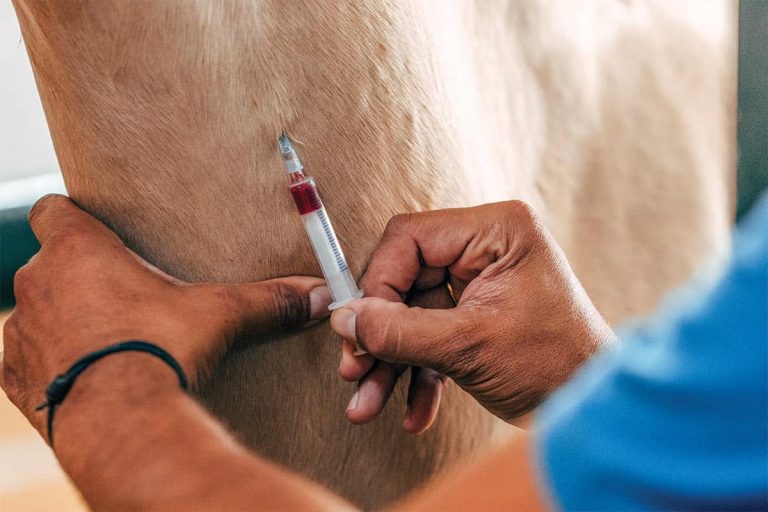Emergency Services at Steeplechase and Cross-Country Events (AAEP 2008)
Due to the nature of the course terrain, it is best to have a four-wheel drive horse ambulance (and backup) with a long ramp for efficient loading. Cooling fans are desirable, and the ambulance should have curtains to form a screen around an injured horse and an adequate number of competent staff members on board. It is helpful to have radiographic, ultrasound, and endoscopic equipment, and a gene













